1923年の大正関東地震は、東はサンフランシスコ、西はグラナダ等、海外の地震計でもその揺れが録れており記録が保管されています。
ウィーンにあるZAMG(気象・地球物理学中央研究所/2023年1月1日よりGeoSphere Austria)のウィーヘルト地震計で録られた記録は、極東の日本で巨大な地震が起きていることをいち早くヨーロッパ諸国に知らせた記録であったともいわれています。
(記録画像提供:Geosphere Austria)
Schencking, J. Charles (2013) The great Kantō earthquake and the chimera of national reconstruction in Japan. New York: Columbia University Press, p.16-18に、下記のような記述がある。
Just after 11:58 a.m. on September 1, 1923, subduction of the Philippine Sea tectonic plate toward the north-northwest sent destructive seismic waves in all directions. The seaside communities of Odawara, Kamakura, and Yokosuka first fell victim to the shock waves, followed seconds later by the inhabitants of Yokohama and Tokyo. Though the Kantō region was the focal point of destruction and death, the waves radiated well beyond, with sensitive seismic instruments recording an earthquake of extraordinary strength as far to the east as San Francisco, California, and as far to the west as Granada, Spain. Early in the morning of September 1, central European summer time, the Vienna Institute of Meteorology informed the Reuters News Agency that “the most violent earthquake yet recorded” by the institute had occurred over 9,000 kilometers away.[1] For nearly four hours, technicians a quarter of the world away stood in a state of near disbelief as their seismograph just kept moving, recording both the initial jolt and the immediate aftershocks. In the ten days that followed, the Kanto region experienced 1,197 aftershocks strong enough to be felt by humans.
[1] Osaka mainichi shinbun (English edition), September 5, 1923, 2.
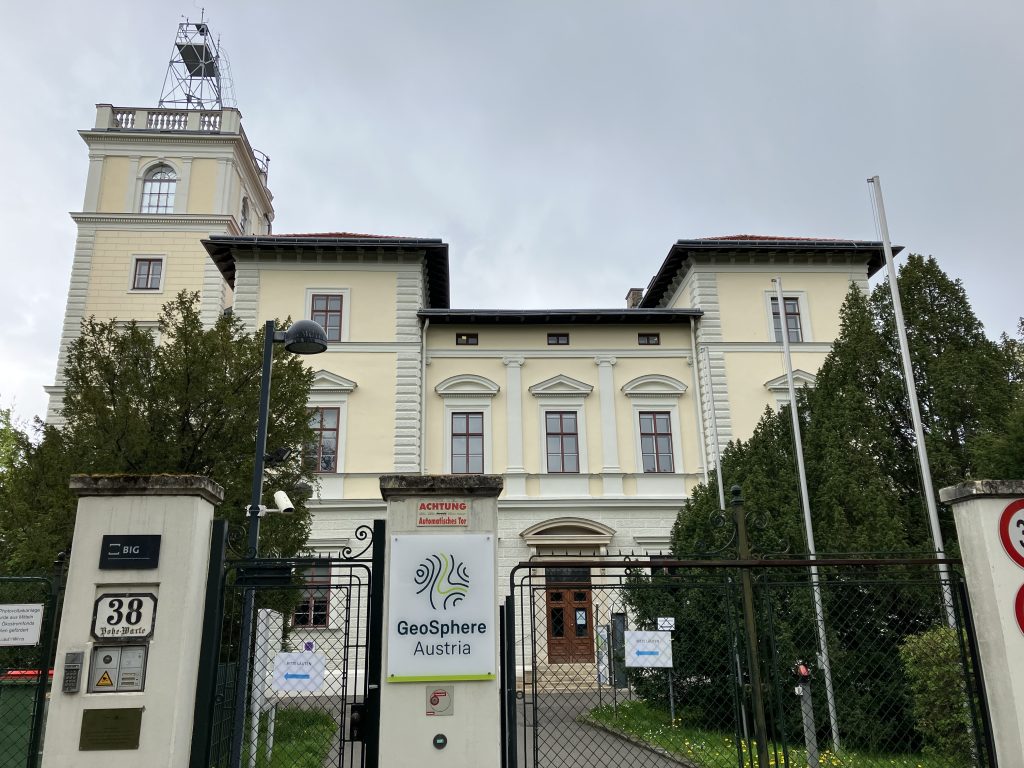
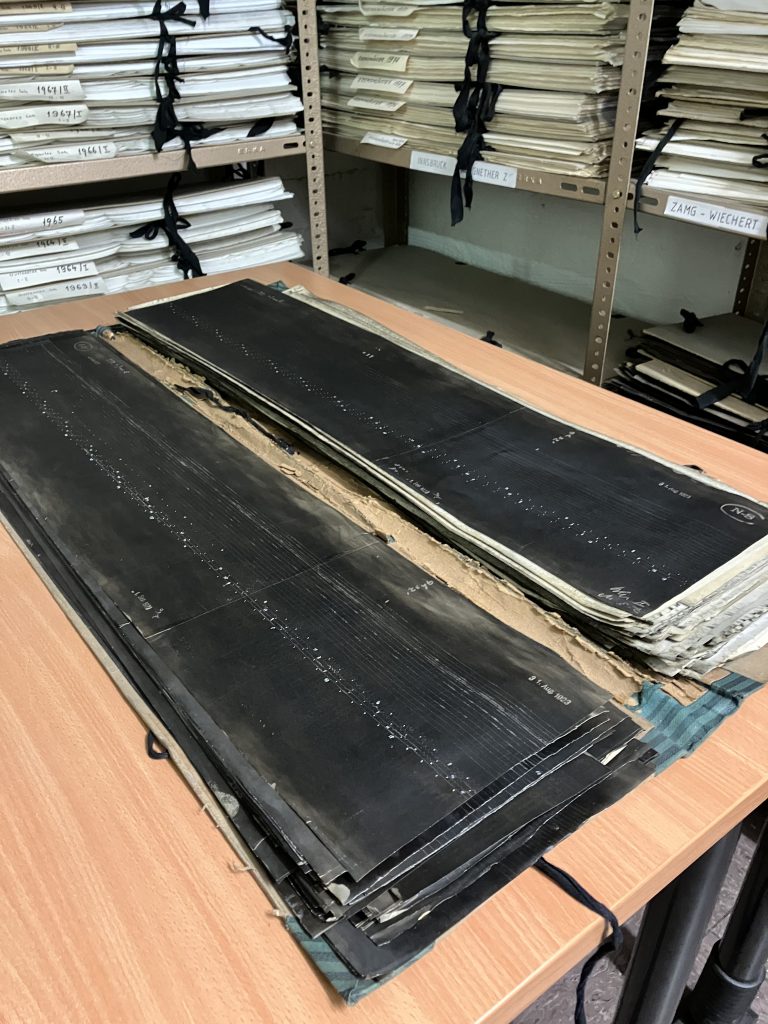
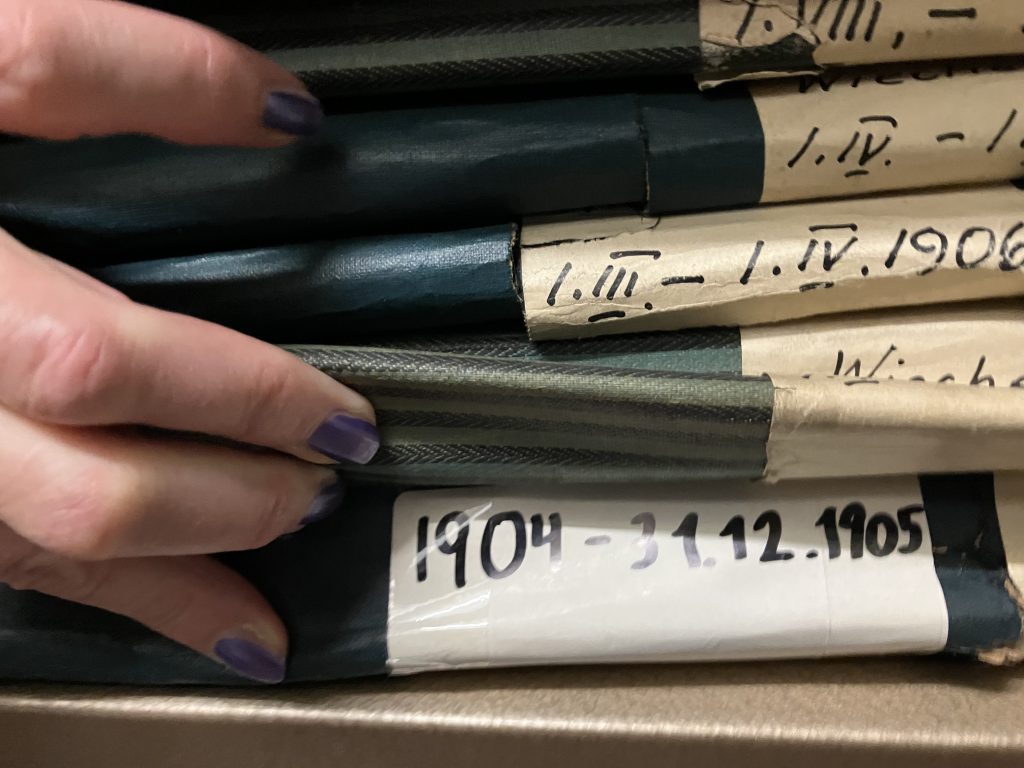
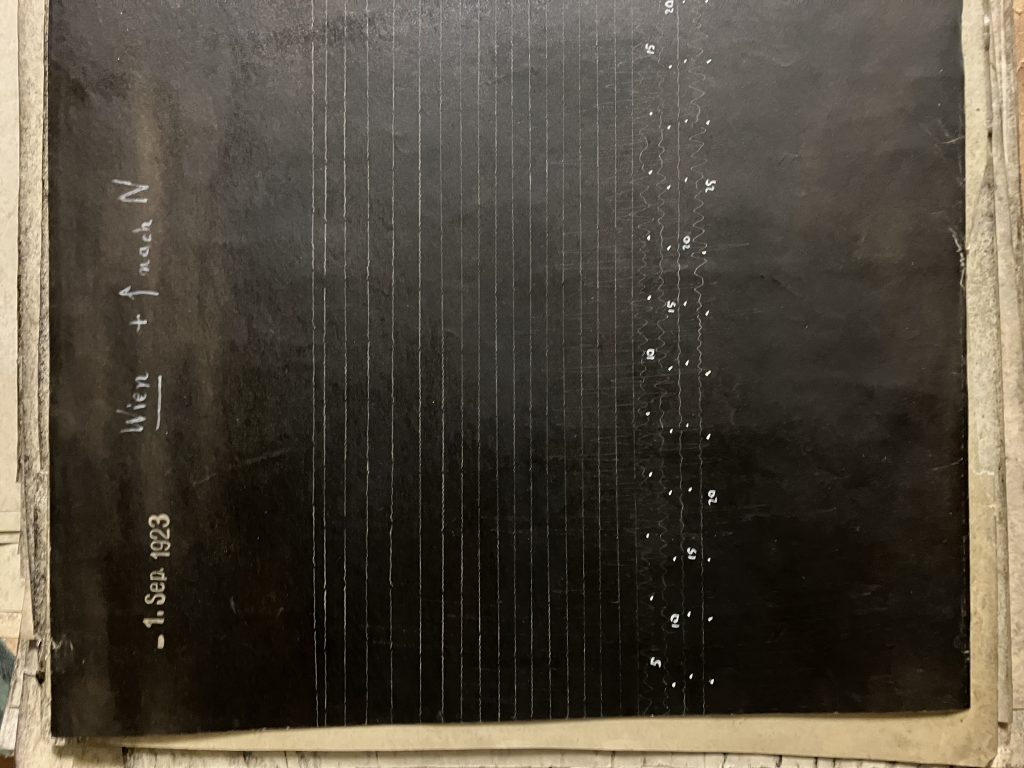
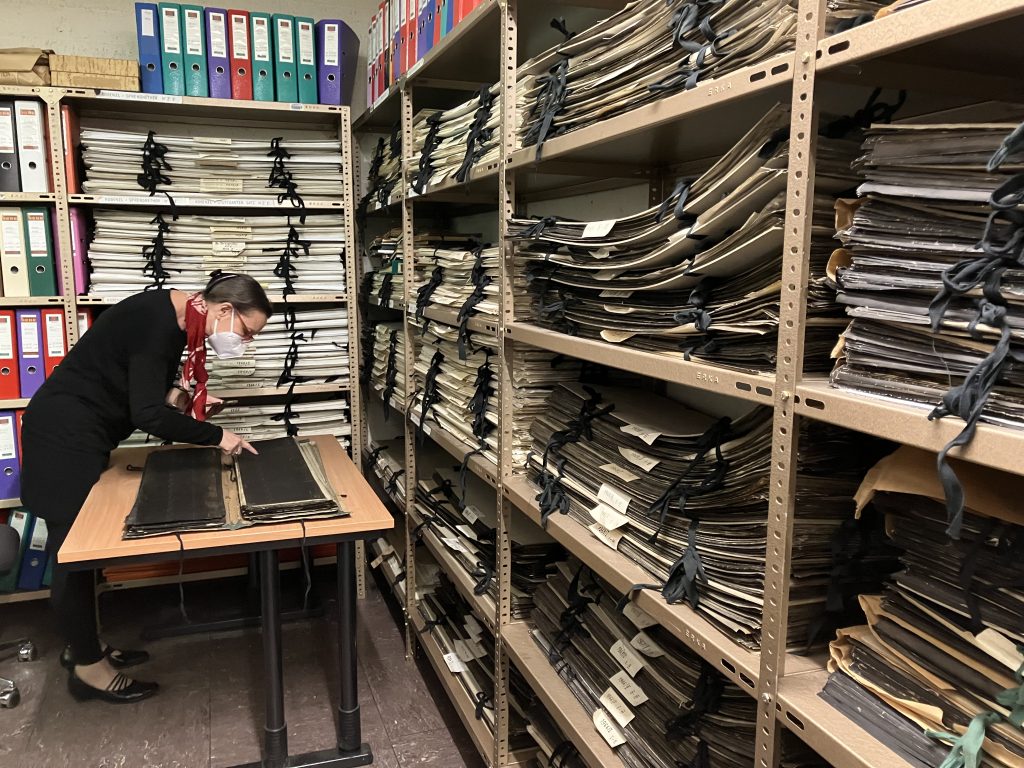
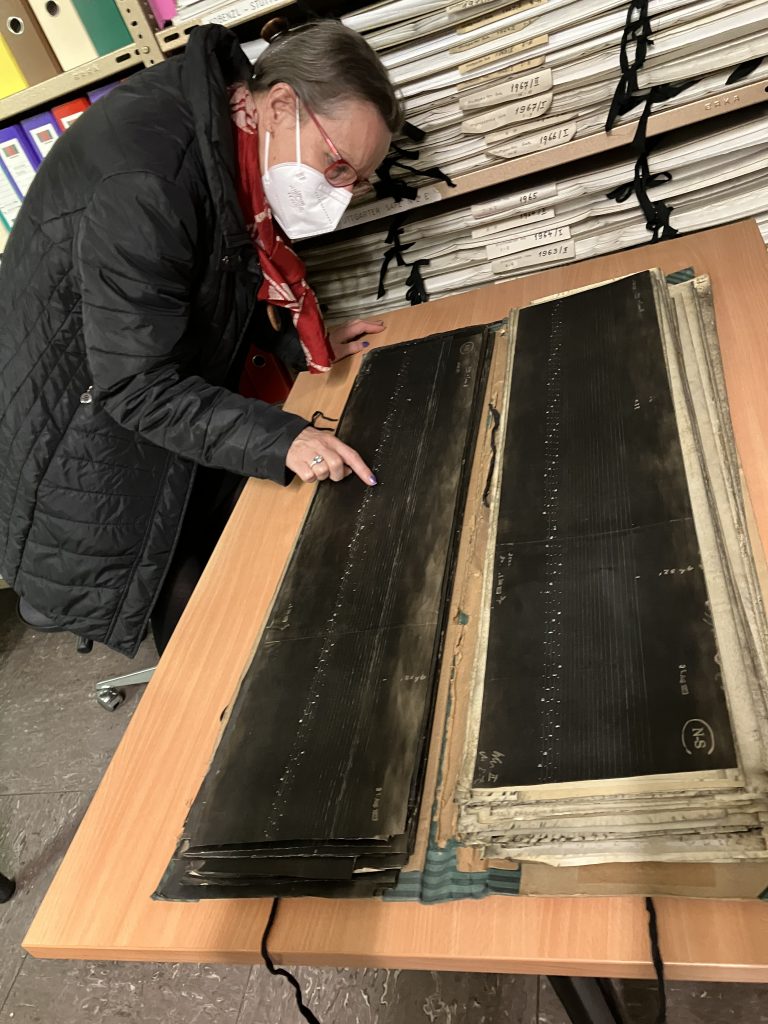
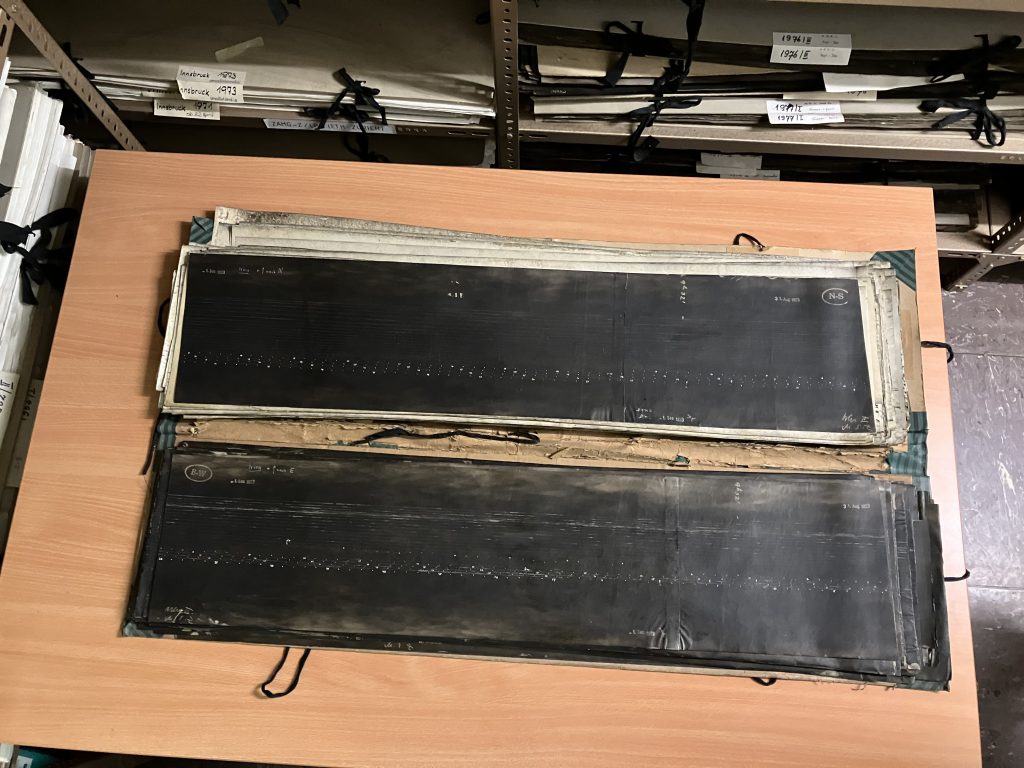
この波形を記録した地震計「ウィーへルト式地震計」(Large astatic horizontal seismograph by Wiechert)も保存されています。ウィーン郊外にある同施設は、普段一般公開はされていないけれども世界中の同僚や、興味を持っている方々が定期的に見学に訪れるとのこと。
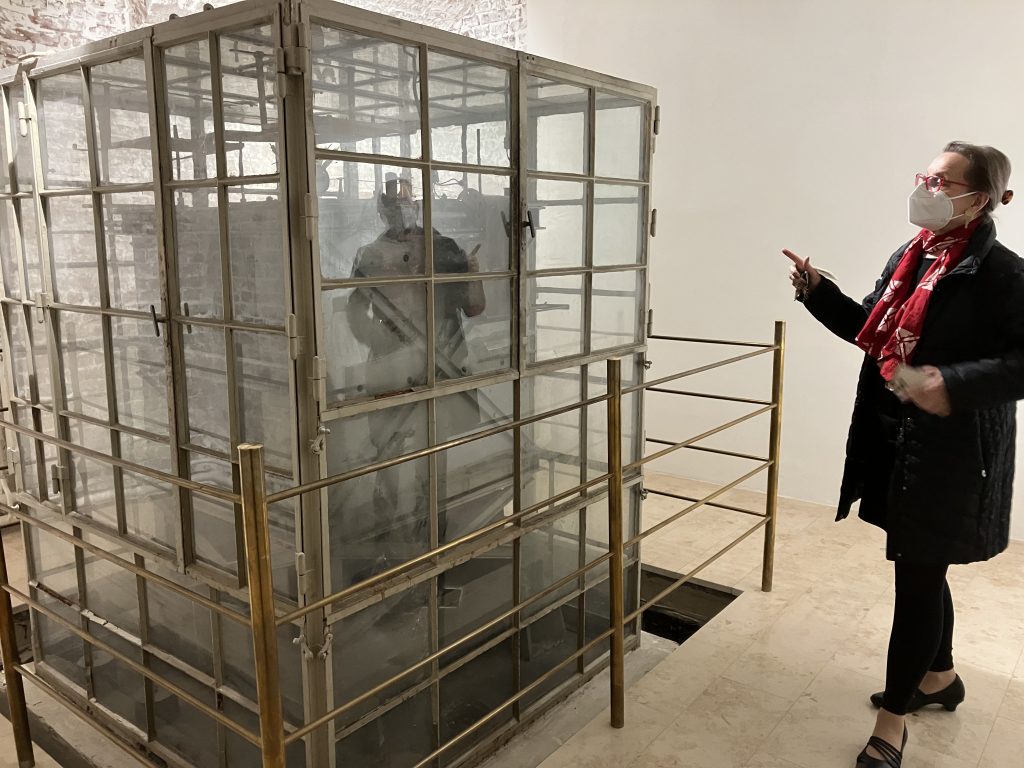
1908年1月18日より発動し、1977年3月10日には水平動と共に停止。固有周期:2,3秒。倍率205倍。減衰:ca.4:1。
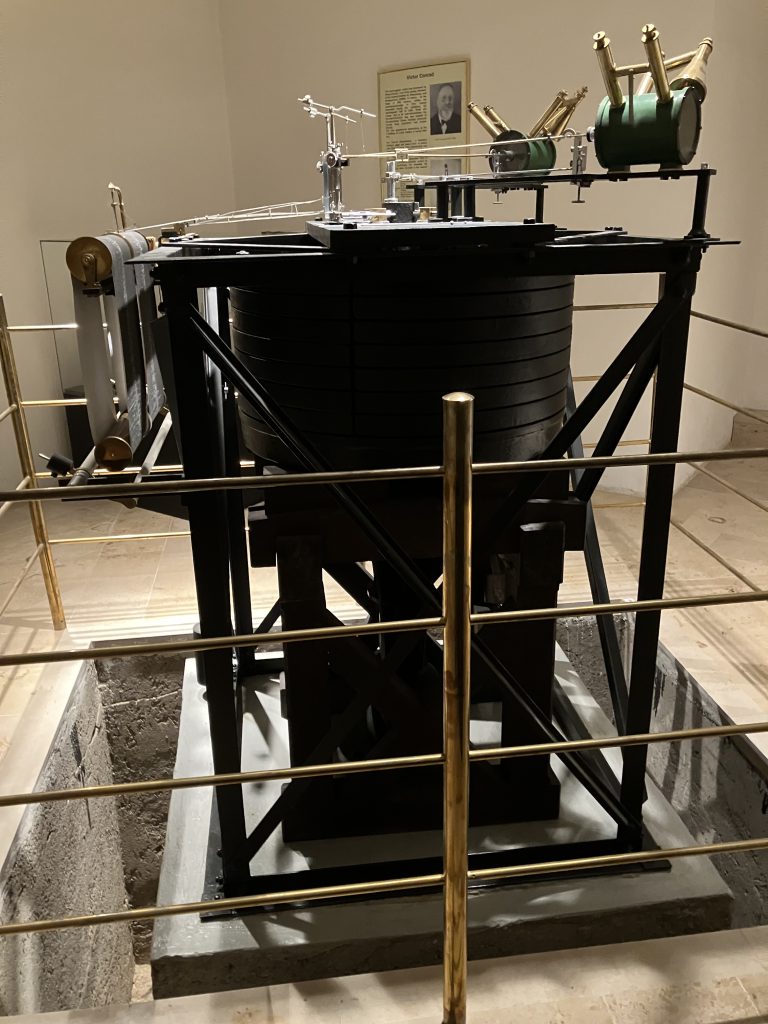
保管されている記録について
オーストリアでは地震調査所が1904年にZAMG(オーストリア気象・地球物理学中央研究所、現Geosphere Austria)が設立されており、以来、(歴史的な)地震記録が蓄積されています。1904年から1980年までの地震記録の数は全部で約70000と推定されています。
大正関東地震以外にも世界的に知れている地震の記録も録れており、例えば下記のようなものがあります:
- 1906年4月18日のサンフランシスコ大地震。
モーメントマグニチュード7.9、最大メルカリ震度XI。 - 1908年12月28日のメッシーナ地震。
モーメントマグニチュード7.1、最大メルカリ震度XI。 - 1939年4月30日のソロモン諸島地震。
モーメントマグニチュード7.8、最大メルカリ震度VII。
Geosphere Austriaでの地震波形は最近スキャンされデジタルアーカイブ化が進められているが、いくつかの重要な地震は既にヨーロッパ全体のプロジェクトの枠内でのデジタルアーカイブがされています。
Geosphere Austriaについて
Geosphere Austriaは、気象観測網(約270局)と地震観測網(約50局)、ザルツブルクのゾンブリック天文台、ニーダーエスターライヒ州のコンラート天文台を運営しています。
国レベルの地質学、地球物理学、気候学、気象学サービスとして、連邦政府への助言および前述の分野における国民への警告を担当していて、オーストリアにおける気候変動と持続可能な開発の予防的管理に重要な基盤を提供している機関です。
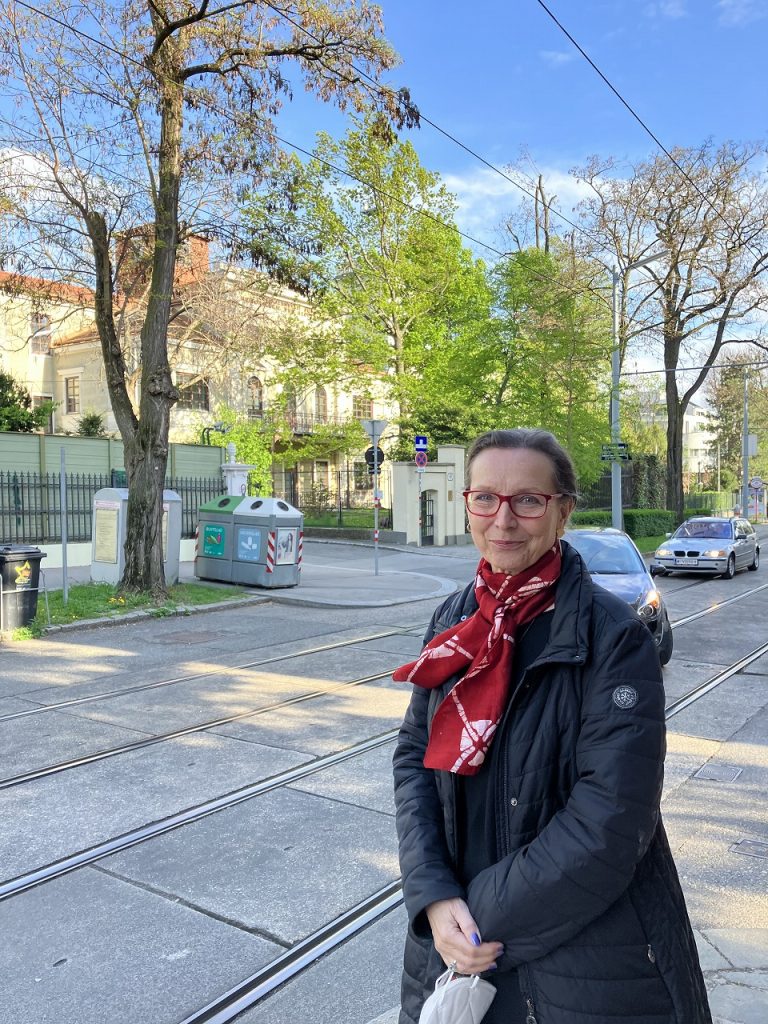
この記録を紹介してくれ質問に答えてくれた研究者について:
Dr. Christa Hammerl in Geosphere Austria
オーストリアの歴史家・地理学者で、歴史的地震、歴史的気候の発展、自然災害の研究を専門としている。
1975年、ウィーン大学で地理学と歴史学の学位を取得。1978年から1981年までウィーンの中等教育学校で教える。1981年、気象・地質学中央研究所(ZAMG)に移る。
1986年よりウィーン大学気象地球物理学研究所にて、オーストリア、中央ヨーロッパ、アルプス地方、パノニア盆地における歴史的地震の研究に従事。1992年に提出した学位論文では、1348年1月25日の地震の再現を扱った。1999年、オーストリア気象地質学中央研究所の地震学サービスに研究員として入社。オーストリアの地震学、地震史、地震災害評価に関する研究を担当。
また、科学史や気候研究に関する国内外のプロジェクトにも携わっている。さまざまな学際的委員会や国際ワーキンググループのメンバー。欧州地震学委員会(European Seismological Commission)では、歴史地震学委員会(Historical Seismology WG)の2人の委員長のうちの1人である。
(Christa Hammerl (14. Juni 2021 um 18:28 Uhrの版) Wikipedia: Die freie Enzyklopädie. Retrieved from https://de.wikipedia.org/wiki/Christa_Hammerl )



